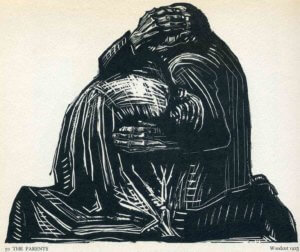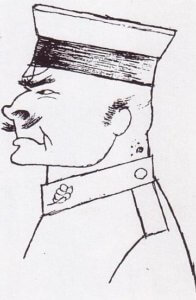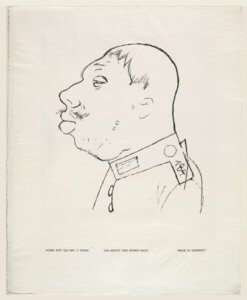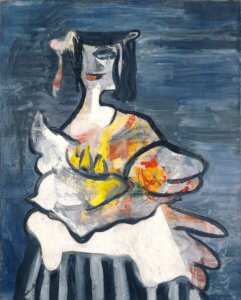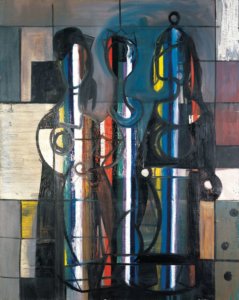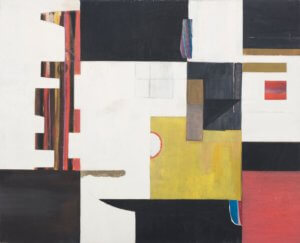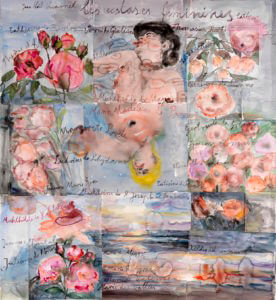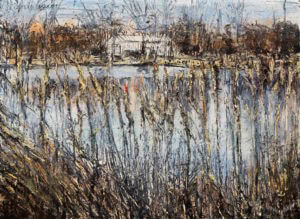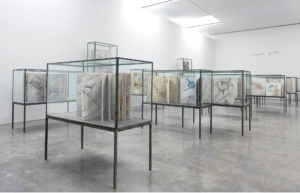Art in NYC: Leonardo to Matisse Drawings at the Met Museum
Master Drawings from the Robert Lehman Collection
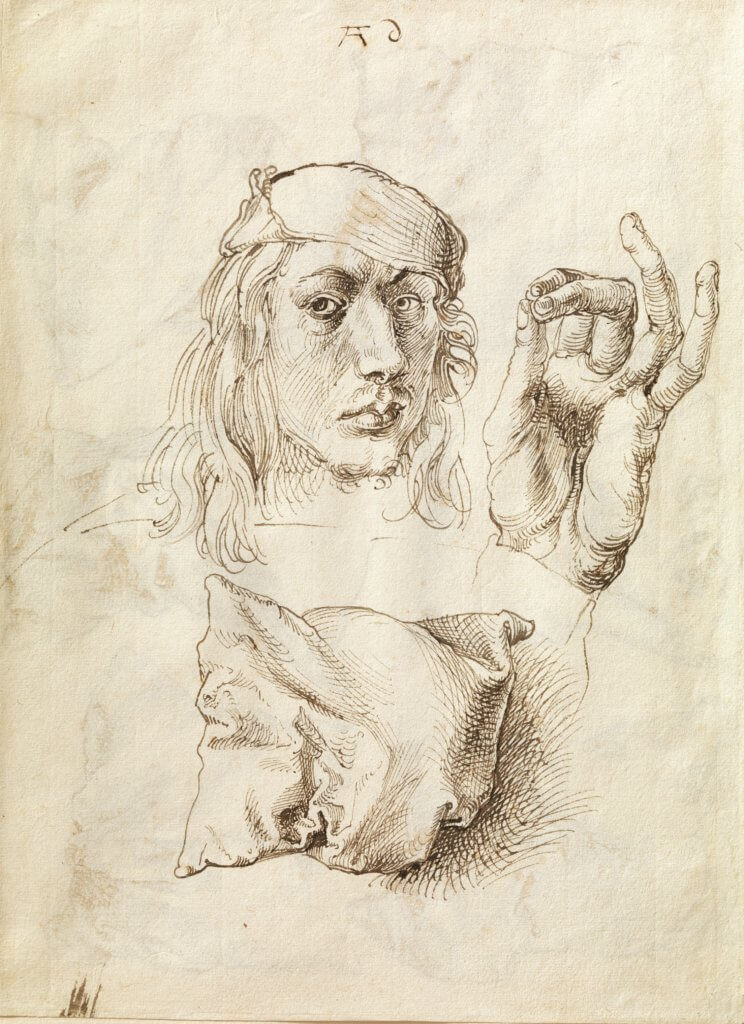
Self-portrait, Study of a Hand and a Pillow (recto),1493 / Image courtesy of the Met Museum
Intimate and insightful survey of European drawings from the Renaissance to Early Modernism is on view at the Met Museum on October 4, 2017 – January 7, 2018. The works are selected from the collection of Robert Lehman who spent six decades on building his fast art assemblage with 700 sheets of drawings complementing his father’s collection of paintings. Leonardo to Matisse show comprises of 4 sections dedicated to Italian Renaissance, Dutch and German drawings from 15th to 17th centuries, the 18th and 19th century works from Italy and France, and ending with Impressionists and Early Modernists.
The exhibition is organized in the chronological progression mirroring the establishment of the medium as a fully developed form of creative expression. It begins with the pieces by Italian Renaissance masters covering the time when the medium of drawing was starting to claim its rights. From sketches and quick studies of compositions and gestures, it had progressed to the finished works prized by patrons and collectors. Giorgio Vasari, a painter, and art-historian who defined our appreciation of the drawing and its foundational place in art was among the first collectors. One of the pieces from his collection by Antonio Pollaiuolo is on view now at the Met. Vasari’s book “Live of the Most Eminent Painters, Sculptors and Architects” first time published in 1550 is still a great source for art-historians and history buffs. Vasari dedicated his book to Grand Duke Cosimo I De’Medici. Medici’s patronage of the arts helped to speed up the Renaissance.
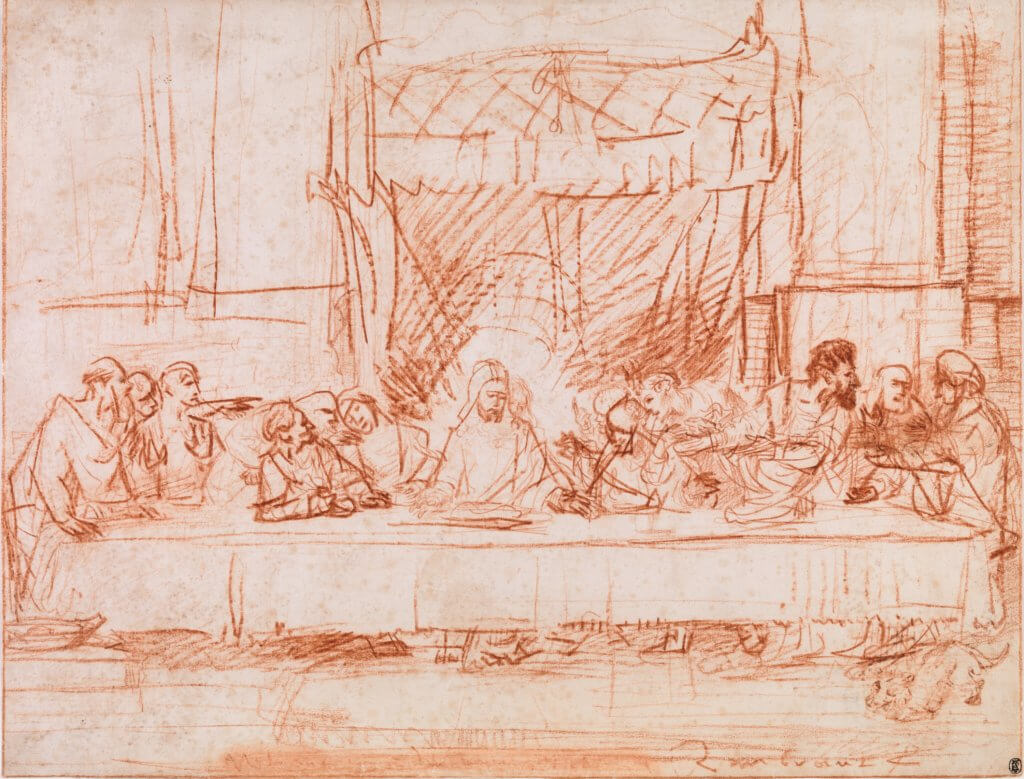
An extremely detailed sketch of a bear by Leonardo is an example of the artist’s keen technique and close observation of the world around him. Leonardo kept copious notebooks full of sketches and momentous studies as well as in-depth engineering designs and scientific research. The New Yorker preview of the recently published biography “Leonardo Da Vinci” by W. Isaacson notes a point made by Isaacson about Leonardo’s tendency to rush and abandon his projects. The medium of drawing with its fast pace seems to be an ideal one for someone endlessly on the creative move.
The next section in the exhibition is dedicated to the Northern Europeans from 15th through 17th centuries. From delicate portraits to scenes from everyday life, the works on view are by Jan van Eyck and his circle, Rogier van der Weyden and his workshop with an allegorical scene used as a prep for sculptural work, and a fascinating study by Rembrandt of Leonardo’s Last Supper done in red chalk. German masters are represented by amazing pieces including a self-portrait and highly textured sketches of household items, in this case, pillows by Albrecht Durer.
Moving to 18th and 19th century Italian and French works, the show presents fine examples of new highs in using pen, ink, wash and other material to convey the story and emotions. Works by Tiepolo, Giambattista, Goya, Corot, Watteau and Fragonard introduce new techniques and highly refined skills.
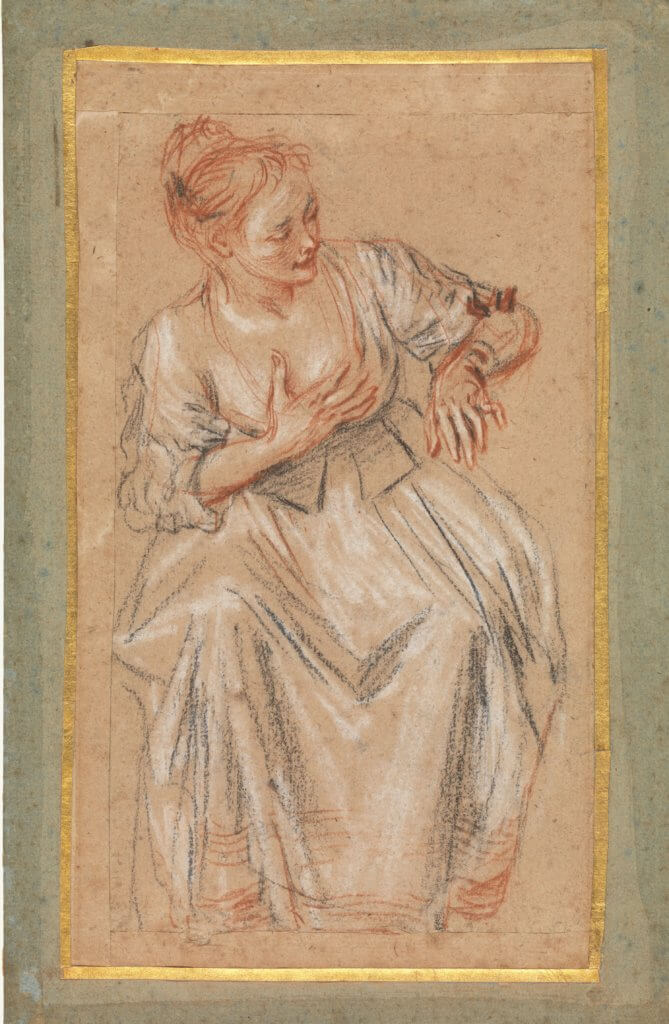
The last section is dedicated to the Impressionists and Modernists ranging from Degas to Seurat to Matisse. The drawings on view give a window into artists’ minds letting us see how they developed the subjects of the future paintings. All alone the drawings are taking a deserved place as a form of art with all its power and thought-provoking allure.
The exhibition will delight every art lover!
For museum hours and more click here.
Enjoy your free visit to the Met museum with NewYorkPass!
Venue: The Met Museum on Fifth Avenue
Time: October 4, 2017 – January 7, 2018
